The best vegetables to grow in a greenhouse, according to Hartley Botanic
Learn what the best vegetables to grow in a greenhouse are and you'll be well stocked in nutritious home-grown produce all year round
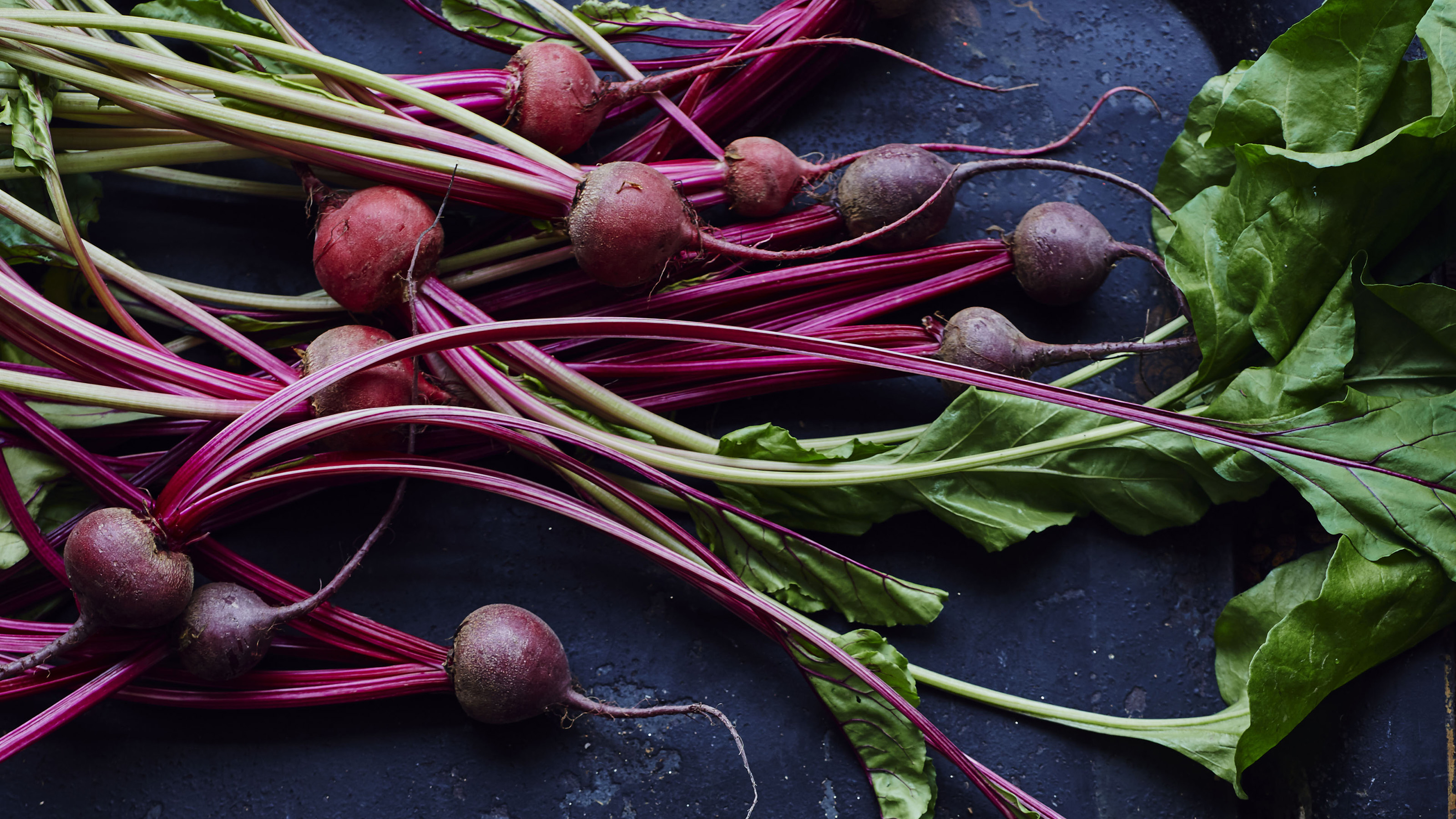

Luxury greenhouse manufacturer Hartley Botanic have identified the most nutritionally-dense and best vegetables to grow in a greenhouse.
The trend for growing your own has always been an important addition to many of our gardens, but during the months of lockdown it has taken a definite upsurge. More time spent at home and in our gardens means more time to tend to our crops.
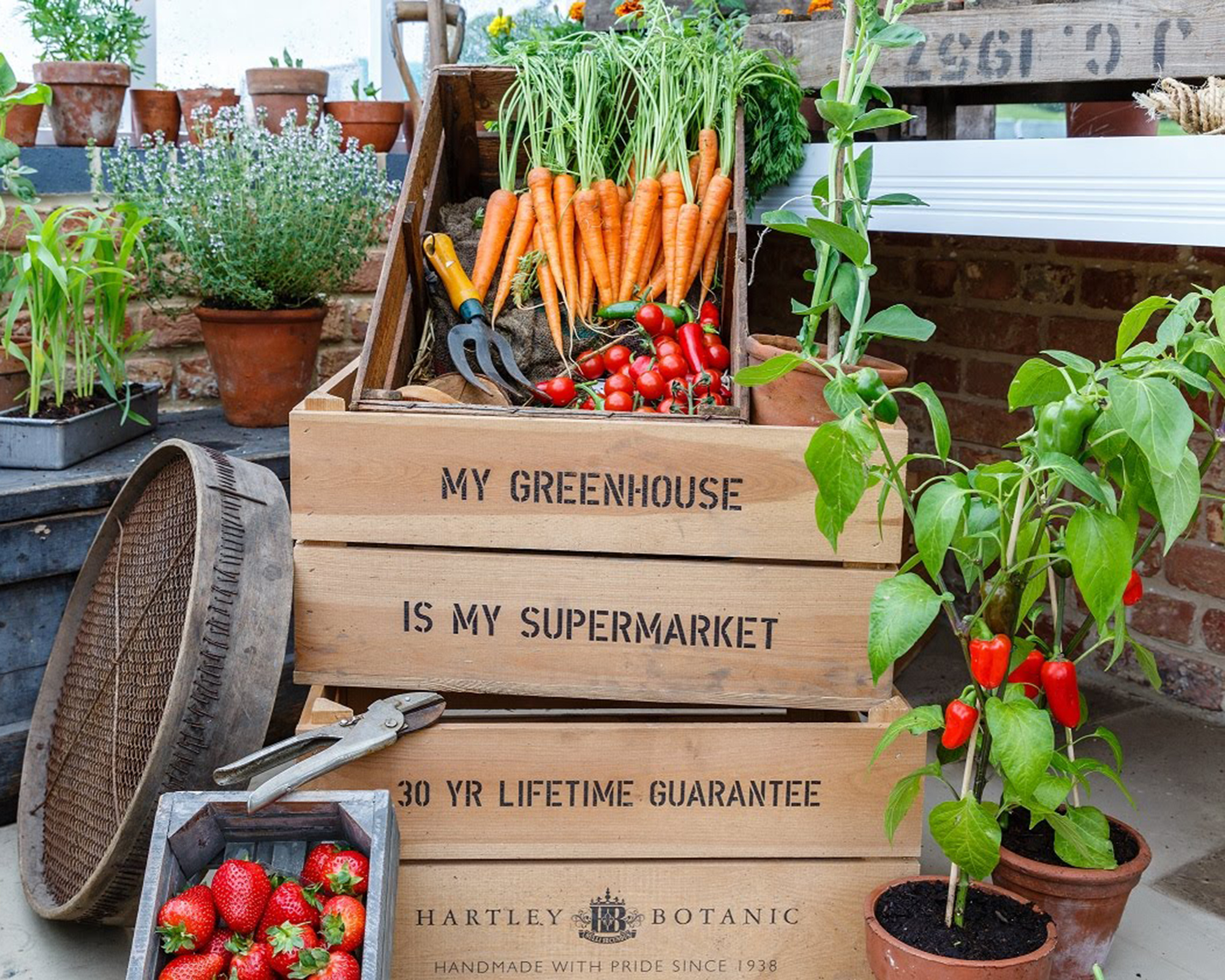
EAT FRESH
Studies have shown that the longer that veg is left once it's been picked, the more nutritional value is lost. With a range of greenhouse ideas, growing your own has never been simpler and it means that you can eat veg the very same day it's picked, guaranteeing the maximum possible nutrients and taste.
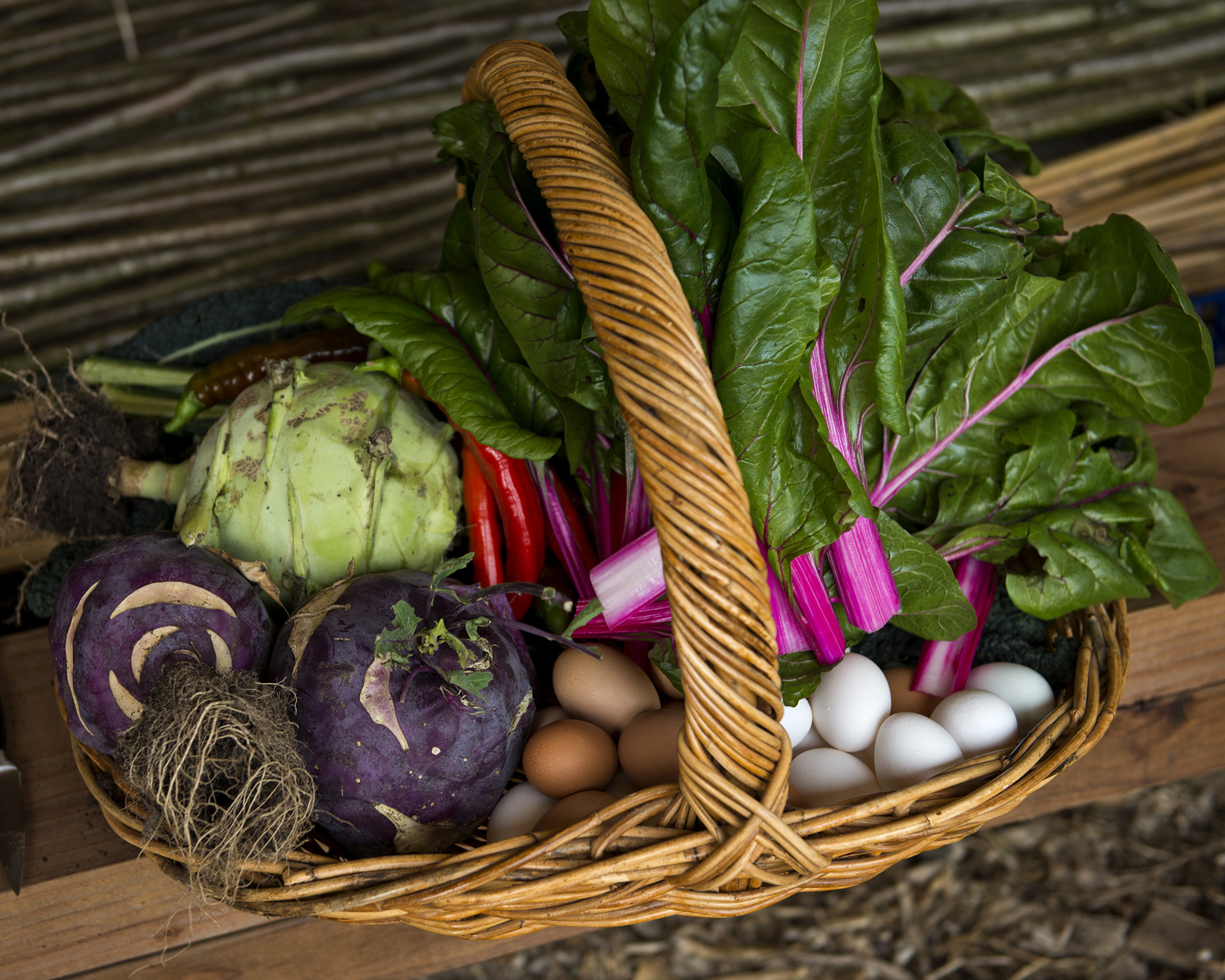
THE BEST VEGETABLES TO GROW IN A GREENHOUSE
Growing your own is a good choice for our planet. An advantage being that you know exactly how far your vegetables have travelled, therefore you're not contributing to any air pollution.
There's no need for packaging with home grown veg, which keeps unnecessary waste down. You can also have control over what pesticides (or lack thereof) are used.
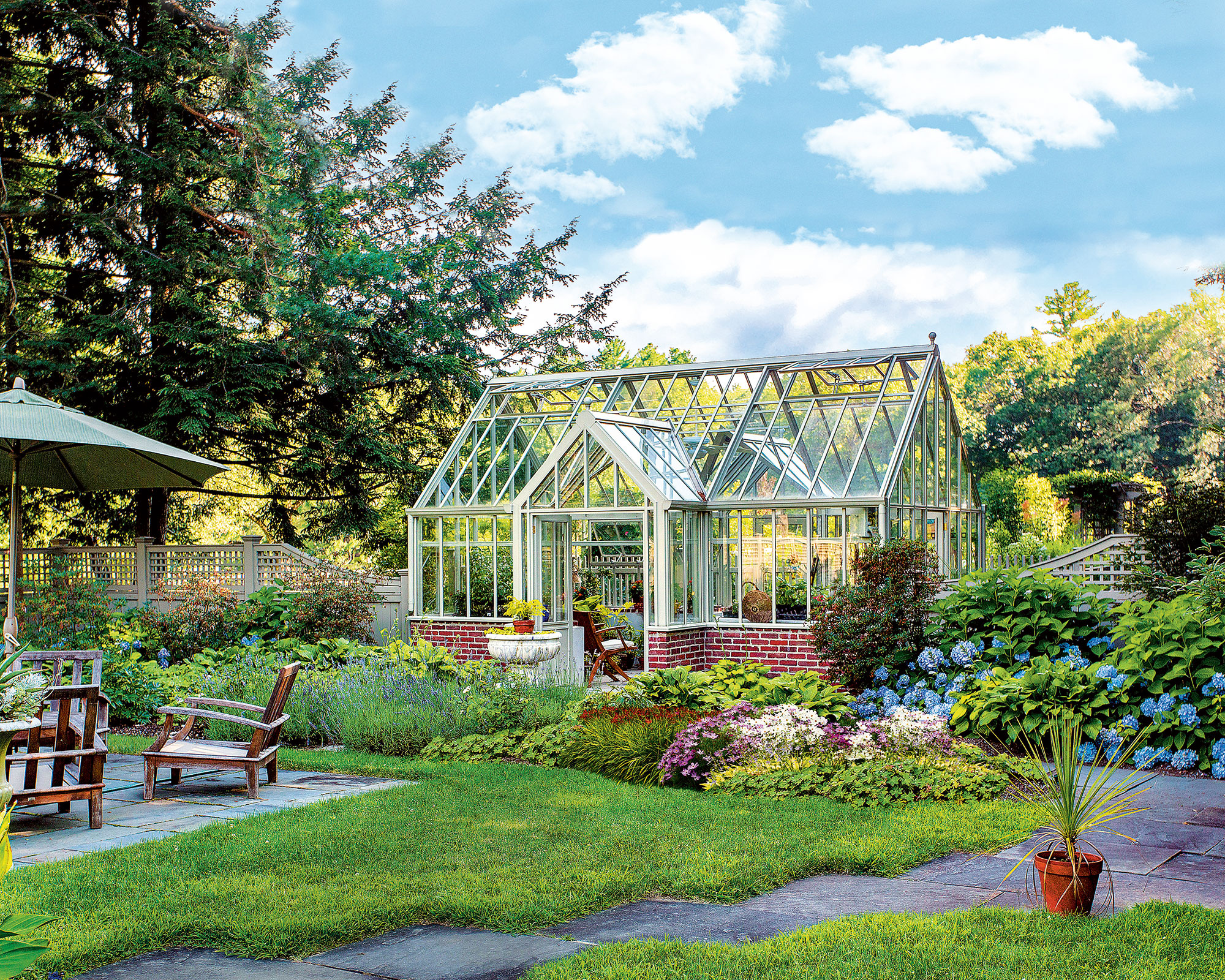
1. GROW WATERCRESS
It's hard to believe this salad staple was once considered a weed. It's packed with vitamin K, which is necessary for blood clotting and aids healthy bones. It is also a great source of vitamin C and contains antioxidants, which is thought to lower the risk of chronic diseases and cancer.
It's one of the best foods to grow in a greenhouse because it can be grown all year round, though it experiences a slow growth period during deep midwinter. It's an excellent choice for pots, and Hartley Botanic experts recommend standing them in shallow saucers of water, which you top up regularly to help keep them continually moist.
Sign up to the Homes & Gardens newsletter
Design expertise in your inbox – from inspiring decorating ideas and beautiful celebrity homes to practical gardening advice and shopping round-ups.
You can grow them well from seed, or alternatively you can take cuttings from shop-bough varieties by inserting into wet compost or water and then planting in place when roots start to form.
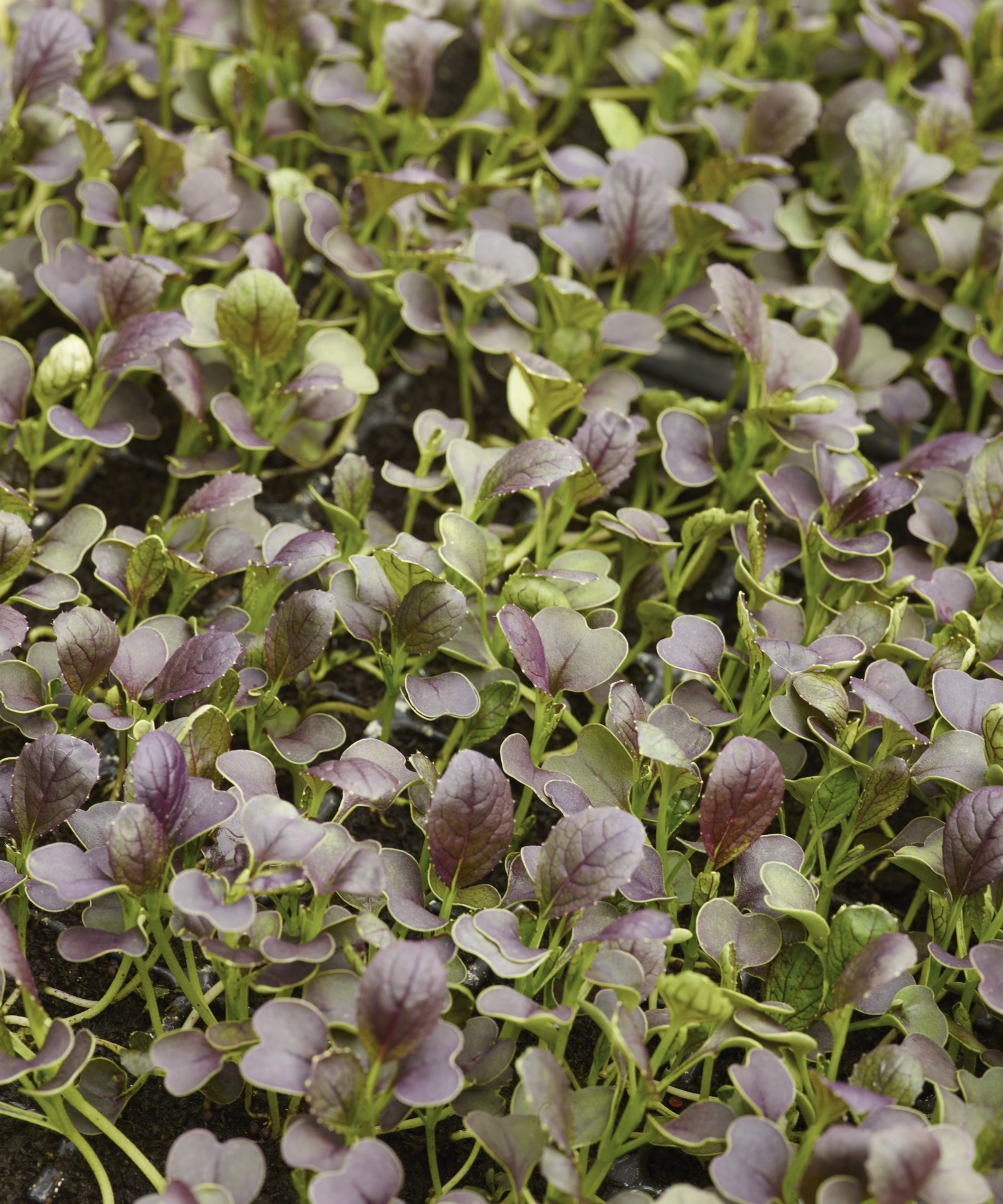
2. GROW SWISS CHARD
There is no surprise that Swiss chard is one of the best vegetables to grow in a greenhouse. As well as vitamin K, chard is high in antioxidants, including beta-carotene and flavonoids. It also contains plenty of fibre.
When planning a greenhouse, find a sunny spot for Swiss chard and sow your seeds in moisture retentive, free draining soil in trays around 2.5cm deep. Keep the soil moist but not waterlogged and at a minimum temperature of 10C. Young leaves are less tough, so don't wait too long to harvest.
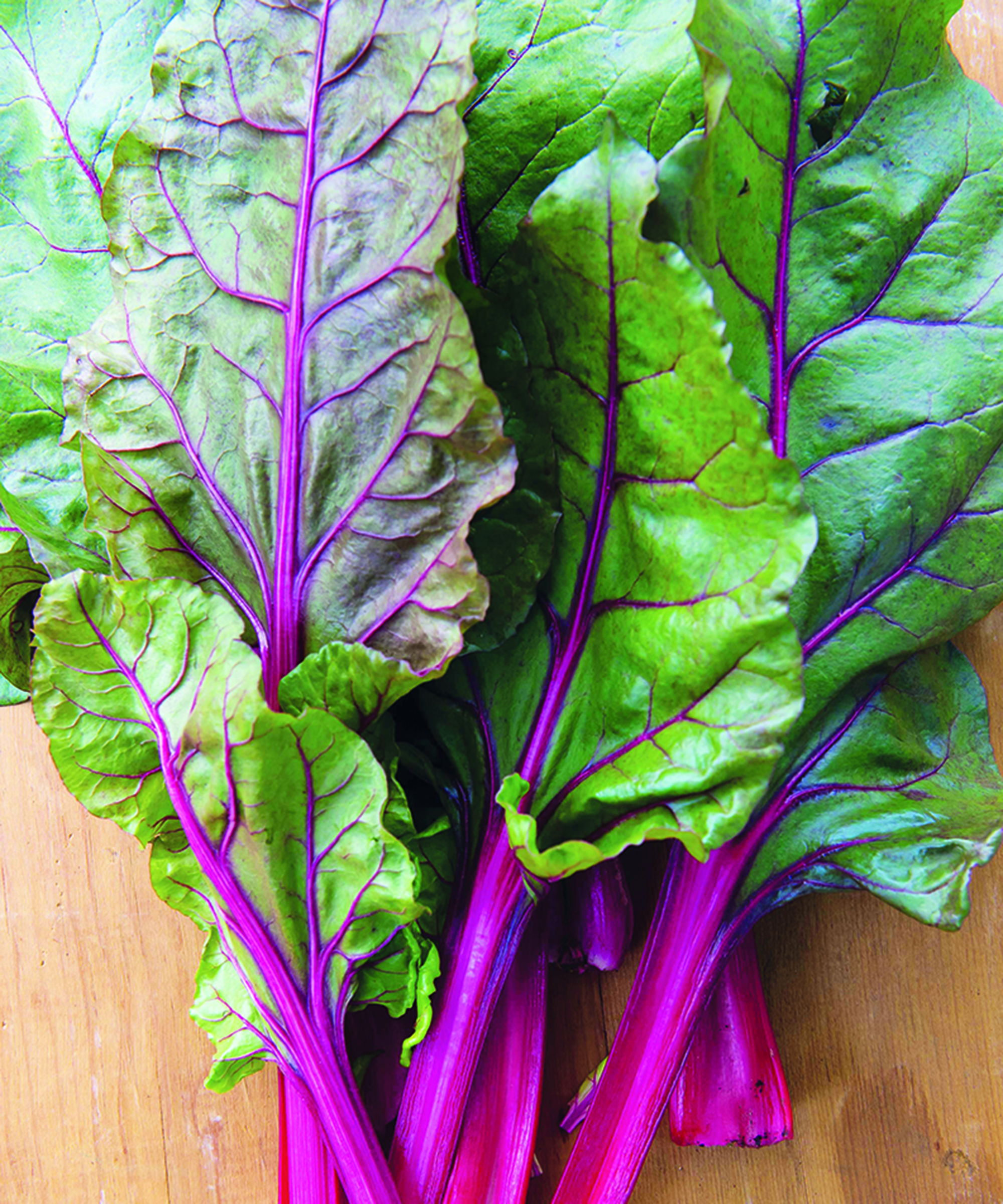
3. GROW BEETROOT GREENS
The sometimes-forgotten leaves of beetroot plants are in fact incredibly good for you.
They are bursting with vitamins and minerals including vitamin C, which is a natural immunity booster, vitamin A for healthy skin and eyes and vitamin K. They are also rich in copper, manganese, iron, calcium and they are a good source of fibre.
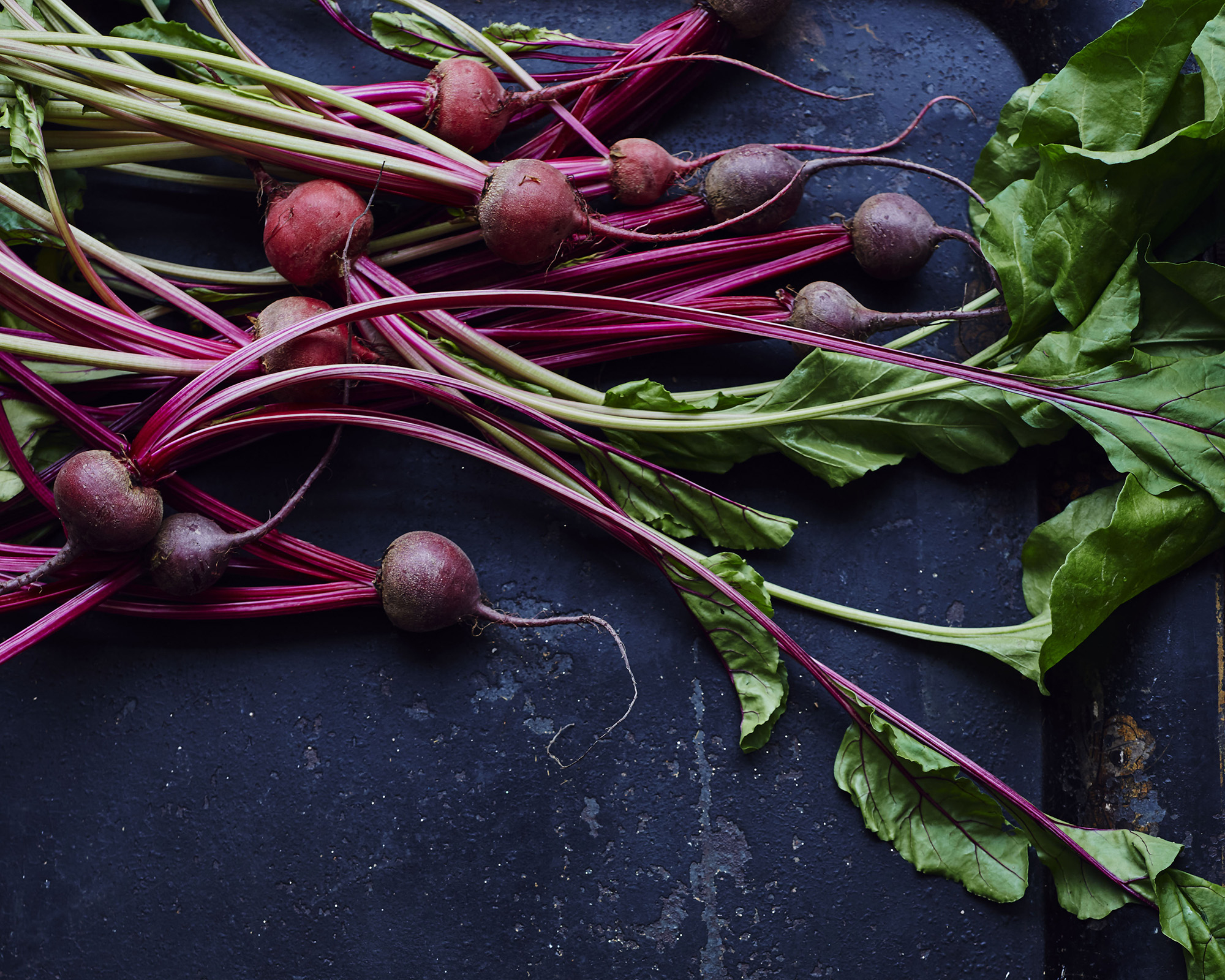
4. GROW SPINACH
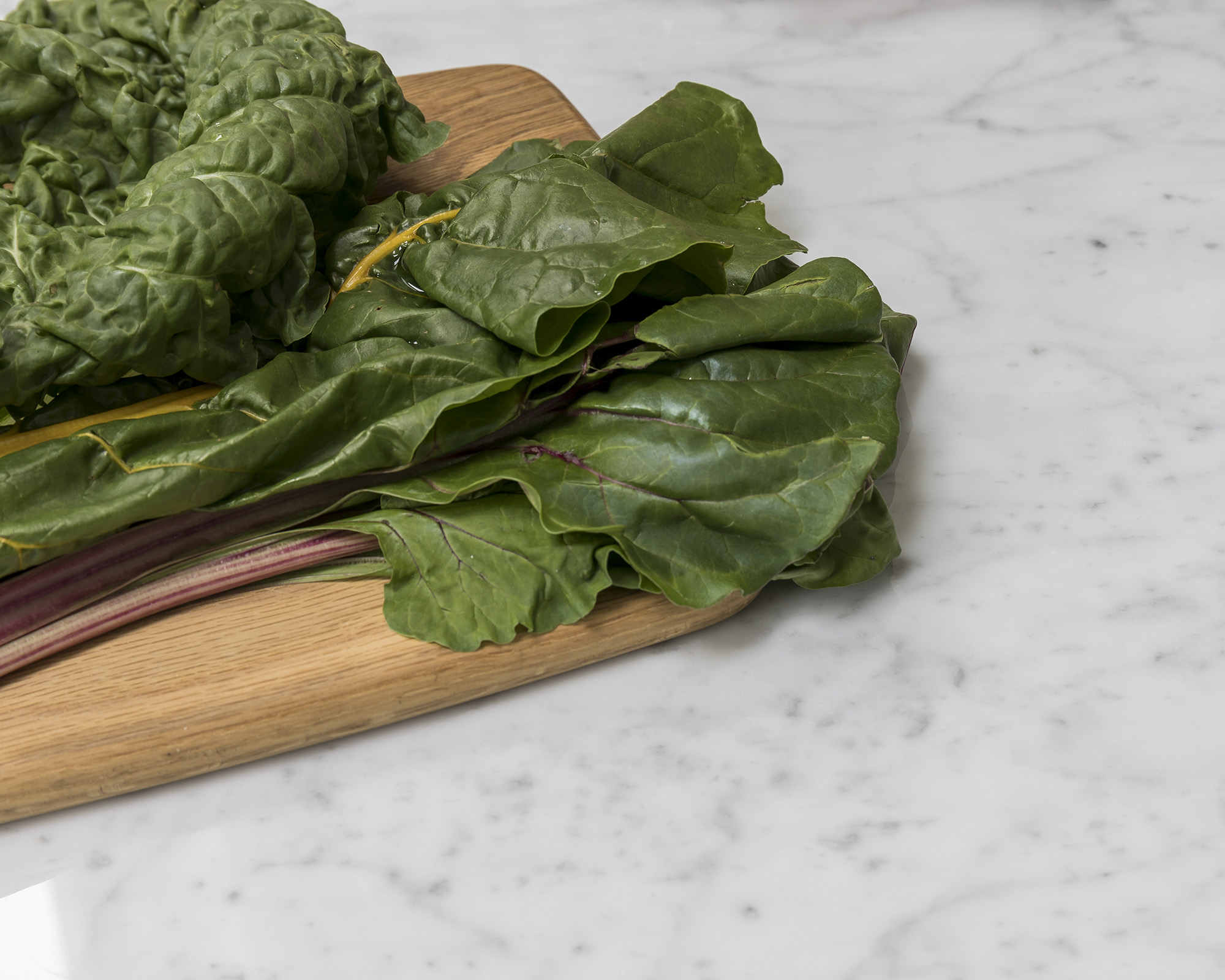
Spinach is well known for its nutritional qualities and has always been regarded as a plant with remarkable abilities to restore energy, increase vitality and improve the quality of the blood.
There are sound reasons why spinach would produce such results, primarily the fact that it is rich in iron. Spinach is also an excellent source of vitamin K, vitamin A, vitamin C and folate as well as being a good source of manganese, magnesium, iron and vitamin B2.

Teresa was part of a team that launched Easy Gardens magazine two years ago and edited it for some time. Teresa has been a Gardens Editor at Homes & Gardens, Country Homes & Interiors and Living Etc magazine since 2020 and has developed close working relationships with top garden designers, and has been exposed to an array of rich garden content and expertise.
-
 Thoughtful modernism – how one Dallas home makes bold contemporary design feel warm, welcoming, and comfortable
Thoughtful modernism – how one Dallas home makes bold contemporary design feel warm, welcoming, and comfortableWith its mix of textural finishes and carefully curated furnishings, this modernist home is a refreshing retreat
By Karen Darlow Published
-
 'Wick away the ick' – 6 things people with clean laundry rooms always do to make this hardworking space shine
'Wick away the ick' – 6 things people with clean laundry rooms always do to make this hardworking space shineThese tips on how to clean your laundry room will banish grime
By Seraphina Di Mizzurati Published
-
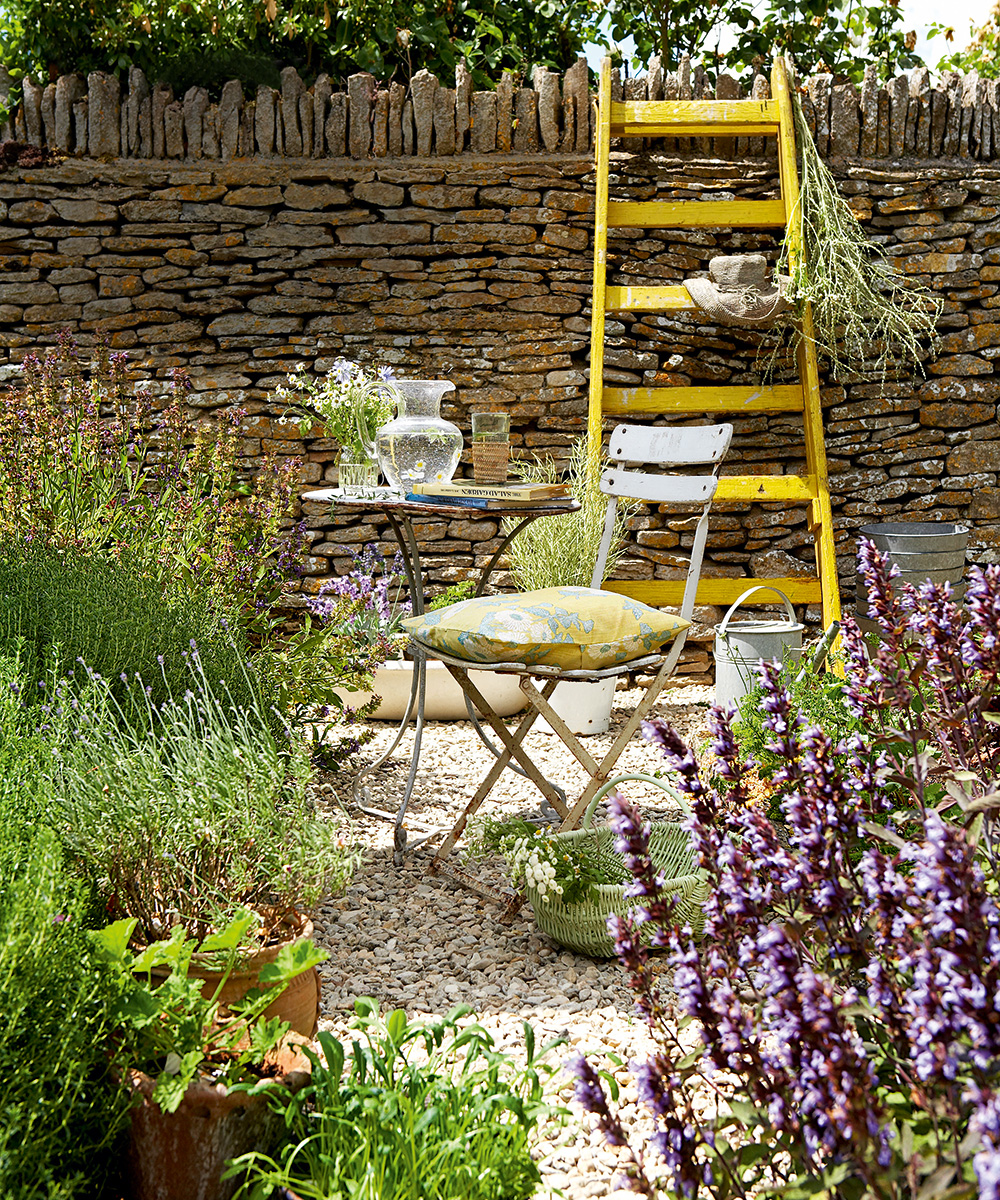 5 ways to create a natural garden, from Sarah Mead of Yeo Valley Organic Garden
5 ways to create a natural garden, from Sarah Mead of Yeo Valley Organic GardenWhile gardening organically requires patience and time, the benefits to nature are clear wherever you look.
By Jennifer Ebert Published
-
 5 simple ways to maximise your garden space
5 simple ways to maximise your garden spaceMake the most of the remaining summer days...
By Jennifer Ebert Published
-
 The top 5 features that we all want in our 'dream garden'
The top 5 features that we all want in our 'dream garden'Summer is in the air and it's the perfect time to get outside and think about how you want to use your garden this year.
By Jennifer Ebert Published
-
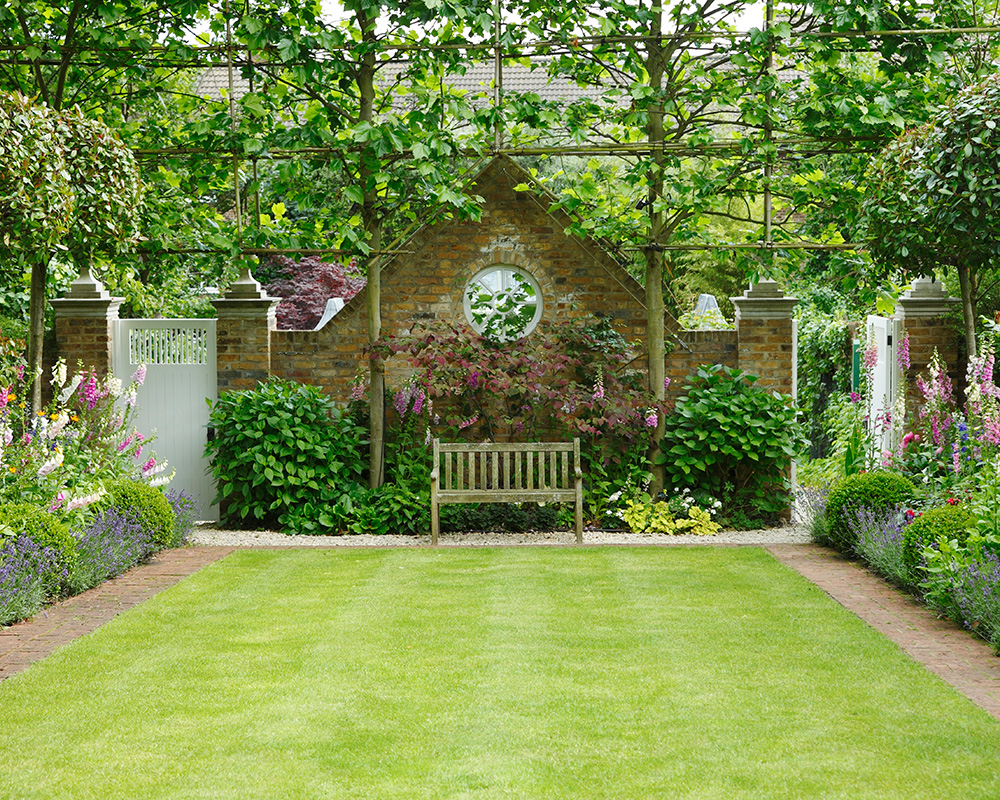 10 expert do's and don'ts for giving your garden a makeover
10 expert do's and don'ts for giving your garden a makeoverMake the most of your outdoor space this month with our expert tips and essential know-how.
By Jennifer Ebert Published
-
 The six tools that every gardener should have in their potting shed
The six tools that every gardener should have in their potting shedHand trowels, gloves and a rake are tools that all gardeners should have in order to help create their dream garden.
By Jennifer Ebert Published
-
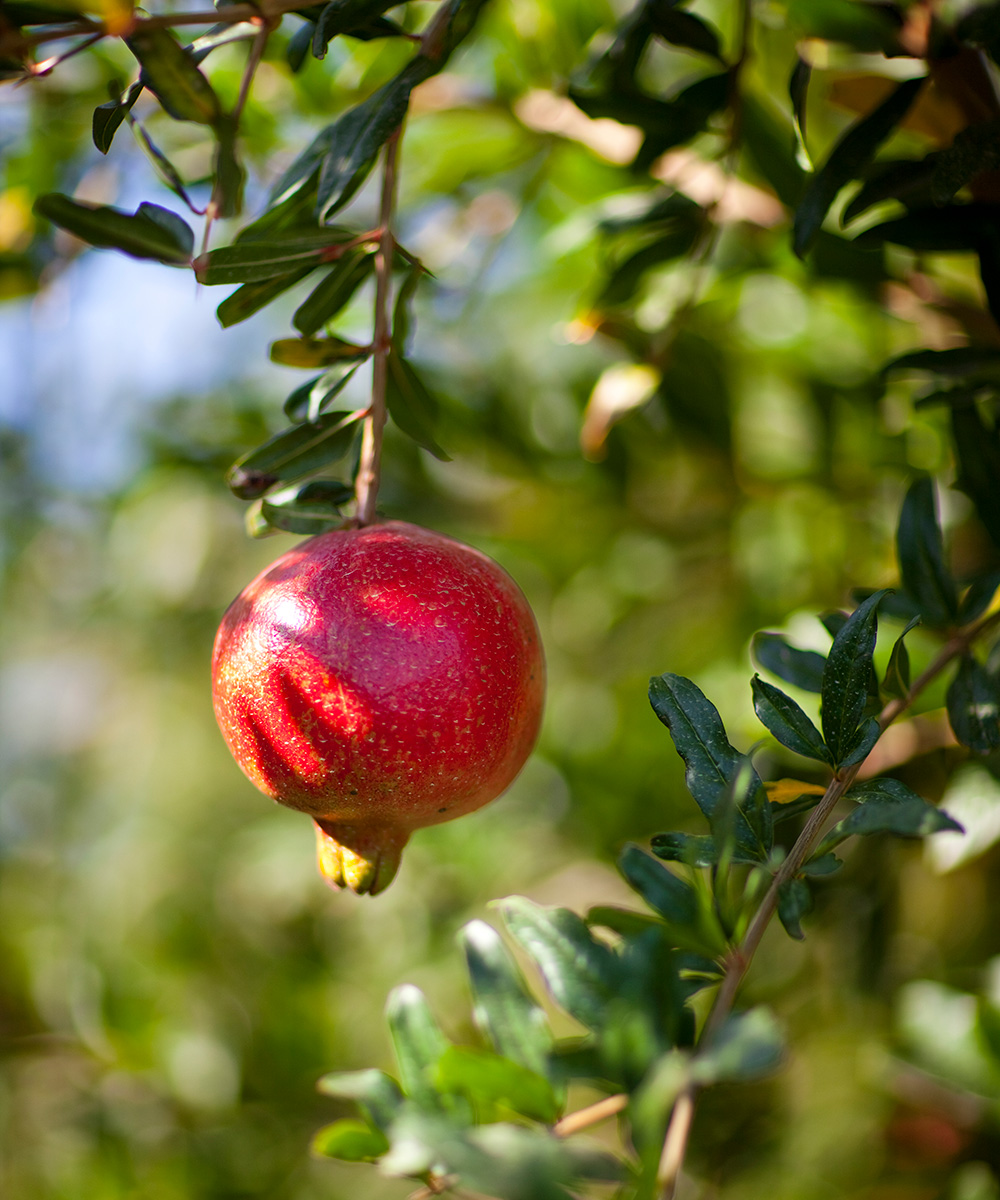 How to create a low-allergen garden – to help hay fever sufferers enjoy the great outdoors
How to create a low-allergen garden – to help hay fever sufferers enjoy the great outdoorsLook forward to spending time in the garden.
By Jennifer Ebert Published
-
 How to transform your garden space with these simple Scandinavian design ideas
How to transform your garden space with these simple Scandinavian design ideasHow to create an attractive and peaceful Scandi-styled garden, patio or balcony retreat for a soothing break from the indoors.
By Jennifer Ebert Published